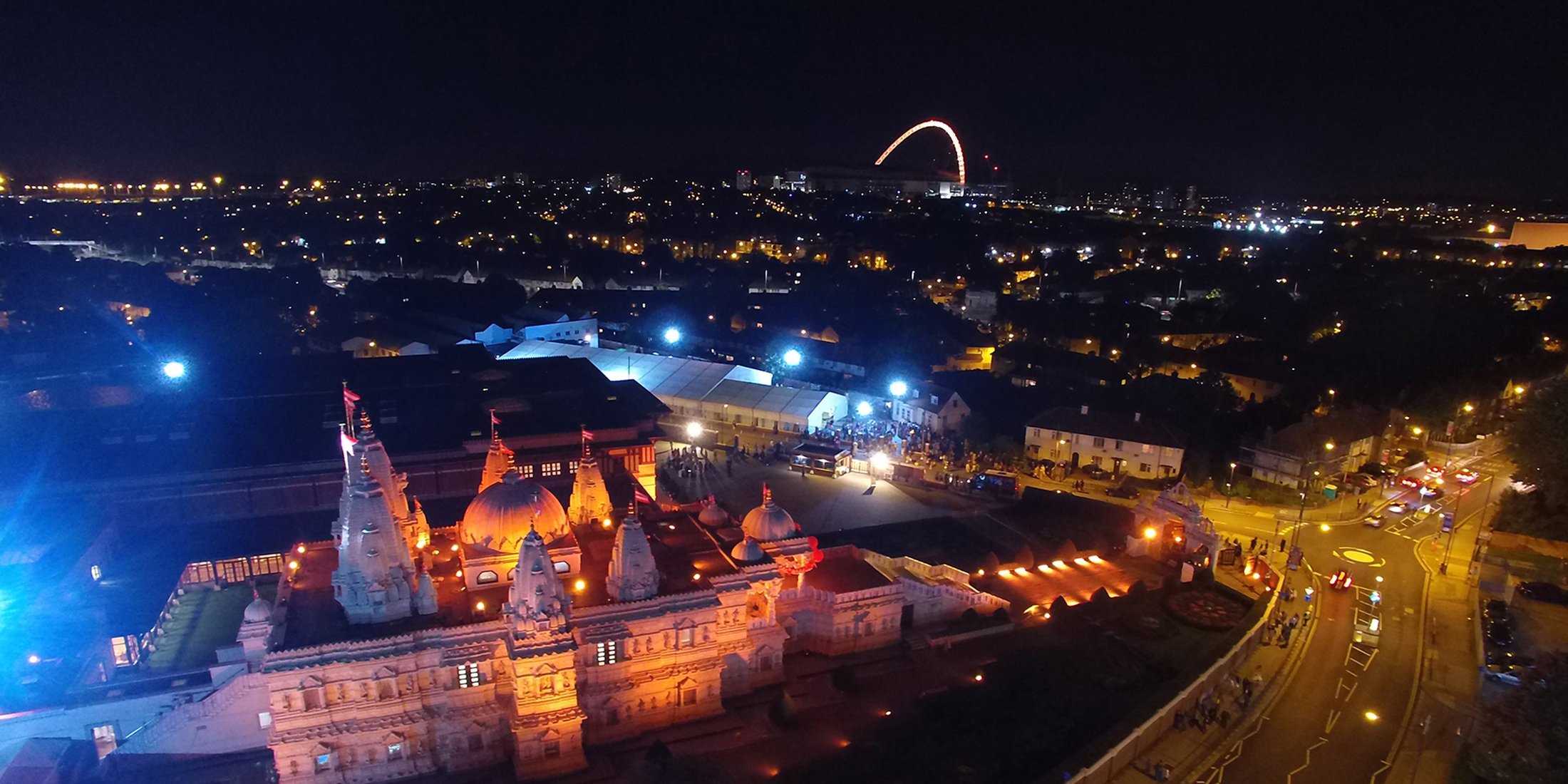© Turkuvaz Haberleşme ve Yayıncılık 2024
Almost every year, the historically glorious FA Cup final, a staple of English football and generally a must-watch for football fans worldwide, is held at Wembley Stadium. The match may make its fans forget everything else, but those who only focus on shuttling between Wembley and their hotel will surely miss out on one of the most interesting parts of London: the borough itself.
Every minute or so, a train rattles along one of the three underground lines that pass through Brent, one of London’s 32 boroughs. More than half of the approximately 340,000 people who live in Brent were not born in the United Kingdom. Different languages and cultures enrich the borough which, in addition to Wembley, includes the neighborhoods of Kilburn, Harlesden and Neasden.
Historically, it was Irish and Jamaican immigrants who settled in Brent, located in northwest London. The latter brought reggae to the city in the 1970s. It’s no wonder that Bob Marley once lived in this neighborhood – and Brent was officially declared London Borough of Culture in 2020.

A 133-meter-high (436-feet-high) arch stretches imposingly over Wembley Stadium, the second-largest stadium in Europe with 90,000 seats. Equipped with a special LED lighting system, the mighty arch lights up in the colors of the football teams playing there or sometimes with the colors of the rainbow. It can be seen far beyond Brent.
Pop star George Michael played the opening concert after the new stadium was finished in 2007 – a home game as he grew up in Brent’s Kingsbury district. In honor of the iconic singer-songwriter, who died in 2016, London artist Dawn Mellor created a huge street art mural as part of the 2020 "Brent Biennial" art program. If you want to see the artwork for yourself, you can find it at 499 Kingsbury Road.
The term "Kilburnosity" was coined by bestselling London-born author Zadie Smith. In her novels, such as “White Teeth” and “NW,” she paints a picture of the multicultural district of Kilburn where she grew up. Kilburnosity, according to Smith, is the up-and-coming energy that is so typical here, to make the best out of everything that is available – whether in the practical or creative sense. Everyone in Kilburn can and does express themselves in their own way, Smith said.
Lois Stonock, who was the artistic director of the "Brent 2020" cultural project, shares this view. For her, a walk down Kilburn High Road offers a glimpse of London’s most authentic self. While cities and businesses around the world are becoming more and more alike, she says, here you can still find a pure slice of London.
Indeed, Pakistani cafes alternate with garish nail salons and international delis, weekly markets offering kebab and mobile phone shops. In between, there’s the French cafe Maison Vie. And finally, a little further north, the legendary “Kiln”: Known throughout London, the Kilburn Theater was even voted the British capital’s best theatre in 2021. It houses a cinema, a restaurant, a theater and a cafe, whose window seats are the perfect spot to watch the colorful life on Kilburn High Road.
Some 26,000 heavy marble stones, carved according to Hindu architectural tradition, form the magnificent Hindu temple Shri Swaminarayan Mandir in Brent’s Neasden district. Completed in 1995, the temple was long considered the largest outside of India, and with its white domes, turrets and ornate arches, it resembles an oversized meringue.
The building’s centerpiece is the sanctuary with its ornate columns, hand-carved ornaments and a magnificent dome. Several times a day, temple volunteers in white robes place bowls of fresh flowers and offerings in the shrines, which are then opened to reveal shining golden murtis, statues embodying Hindu deities.
While worshippers murmur mantras, visitors marvel at the temple’s beauty. Those who manage to tear themselves away from the splendor are in for a treat right next door, where curries, dosas, chutneys, and many other vegetarian delicacies are served at the Shayona Indian restaurant on Pramukh Swami Road.
Life was pretty wild back when he went on tour with Bob Marley, Popsie Deer remembers. The two were good friends who shared a passion for reggae. The debonair 72-year-old with a beard and beret runs Starlight Records in the Harlesden neighborhood. The shop is packed with vinyl records and CDs, and reggae music is always playing on the speakers. Deer’s iconic shop is easily reached via the Bakerloo line – near the Willesden Junction station.
It has been in the same location since the 1970s when he also founded the record label of the same name. Like Marley, Deer hails from Jamaica. Immigrants brought reggae to Brent, from where stars like The Cimarons and Dennis Brown then took their music all the way across Europe.
